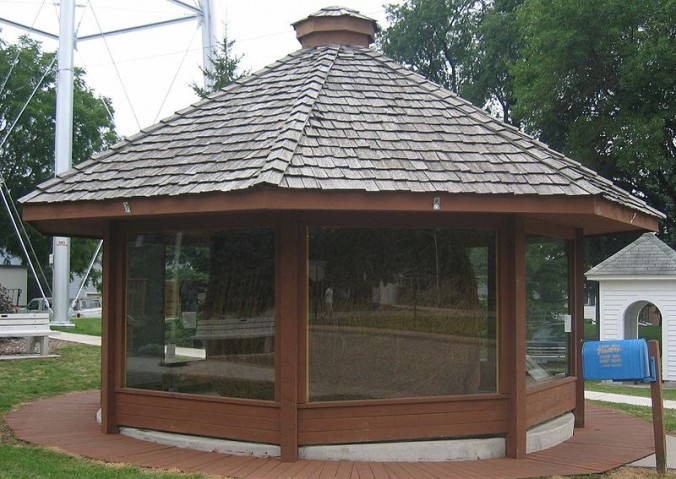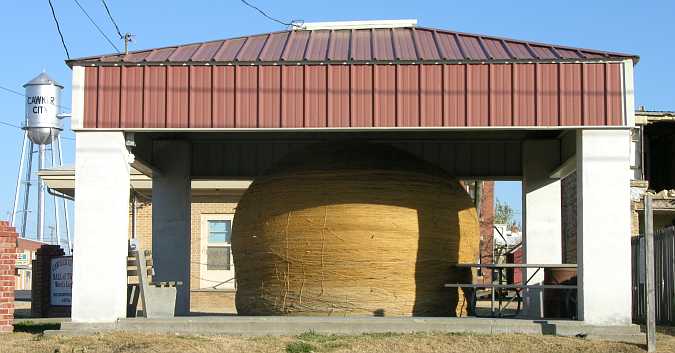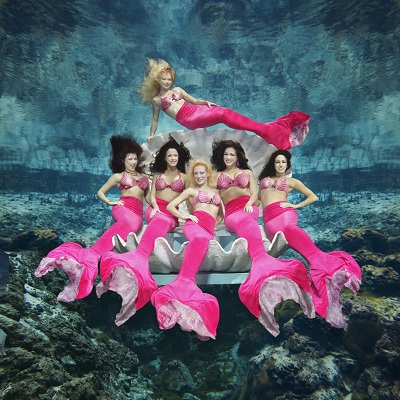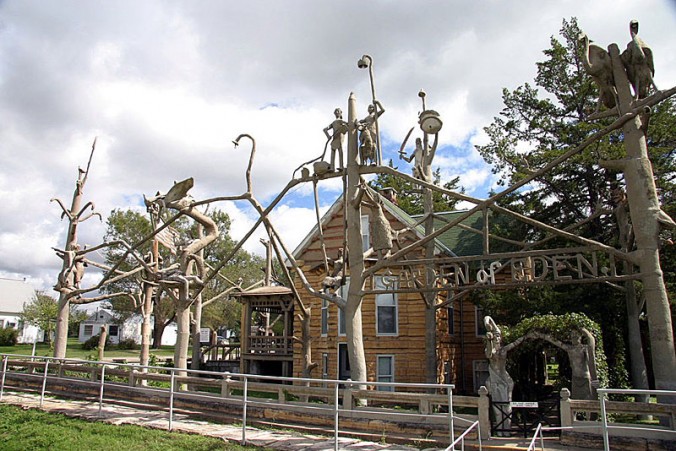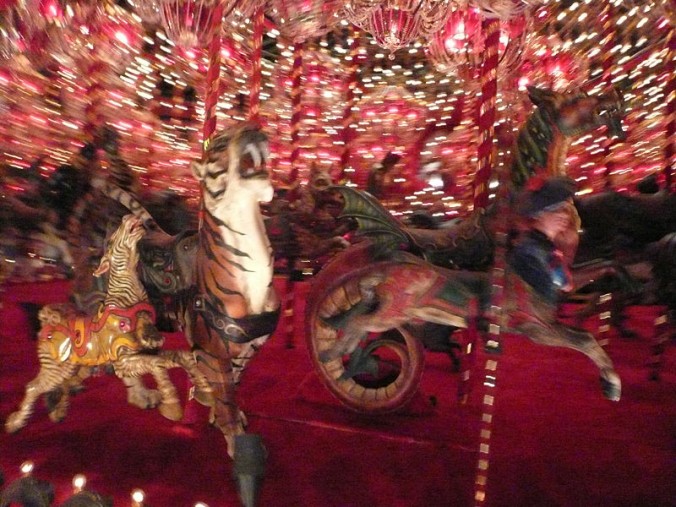While passing through the swampy forests of the Southeast or the dusty plains of the West, it’s worth taking detours to admire a few of the idiosyncrasies that make the U.S. Great — strange roadside attractions. Here are some especially offbeat options, which both epitomize and cater to our collective love of oddities, magic and all things biggest and best.
Babyland General Hospital
Cleveland, Georgia
Cabbage Patch Kids are born from cabbages, and cabbages are deadbeats as far as parenting goes. This doll nursery/orphanage, nestled in the hometown of CPK creator Xavier Roberts, allows visitors to adopt the dimpled infants straight from their cribs and playrooms. There’s even a magical patch of “mother cabbages” — after fertilization from the fairy-winged Bunnybees, you can watch a staff nurse deliver a doll from a leafy, plush birth canal. Sweet dreams, kids!
World’s Largest Twine Ball Rolled By One Man
Darwin, Minnesota
Francis A. Johnson started this ball of baler twine in 1950 and rolled for four hours every day for 29 years. The result is 12 feet in diameter and weighs 17,400 pounds.
World’s Largest Ball of Twine Built By a Community
Cawker City, Kansas
Because there can never be too many World’s Largest Balls of Twine. This one was begun by Cawker resident Frank Stoeber, and he had 1.6 million feet on it by the time he died in 1974. The ball rests under an open-air gazebo, where every year a “Twine-a-thon” is held to add more twine. Today the ball is over 40 feet in circumference and weighs more than nine tons.
The Weeki Wachee Mermaids
Clearwater, Florida
Recently featured in the New York Times, this underwater theater has offered “live mermaid” shows for decades. In 1947 local entrepreneur and diver Newton Perry built the attraction into the side of a natural spring which feeds into the Weeki Wachee river. The basin contains airlocks and air hoses so that the performers, clad in elaborate 60-pound prosthetic fish tails, can dive up to 20 feet deep and breathe in between their synchronized swimming moves. The attraction suffered after the openings of Orlando’s string of mega-parks, but it gained state park status in 2008 and is still going strong.
The Flintstone’s Bedrock City Theme Park & Camping Resort
Custer, South Dakota
Technicolor concrete Flintstones’ architecture looks a bit out of place in the grassy hillsides of South Dakota, but this full-service campground, built in 1966, offers a plethora of amenities including an arcade, hiking trails, a heated swimming pool and mini golf. Visit the nearby Bedrock City theme park to admire Mount Rockmore, a Mount Rushmore spoof starring the faces of Flintstones characters.
S. P. Dinsmoor’s Garden of Eden
Lucas, Kansas
When the eccentric Civil War veteran and social commentator S. P. Dinsmoor retired from teaching and farming in 1905, he began work on a house that would function as both a home and tourist attraction. He carved a towering concrete sculpture forest of surreal Biblical and war scenes that embodied his Populist ideals — most intriguing is perhaps the giant hovering eyeball representing the eye of God. He even built a custom mausoleum on the property for himself and his first wife. When the city forbade him to keep her corpse after her death, he simply dug her up from Lucas Cemetery and brought her home. Dinsmoor is now also displayed in this tomb in a glass-topped casket where, per his request, visitors can view his body for a small fee.
House on the Rock
Between Dodgeville and Spring Green, Wisconsin
Architect Alex Jordan sought validation by building an elaborate Japanese-influenced structure on the side of 60-foot-tall Deer Shelter Rock. The result, which opened for admission in 1959, is startlingly complex — Frank Lloyd Wright-gone-awry — and has been additionally built upon for decades. The home is cluttered with every sort of knick-knack and novelty including mannequins, preserved animals and a “Music of Yesterday” room filled with automated music machines. Author Neil Gaiman found the house so eerie that he included it as a key setting in his bestselling novel “American Gods.” The forgotten god Wednesday (Odin) likens roadside attractions to religious sacred spaces, and the chintzy House on the Rock functions as a portal to his mind, reached by riding its dizzying (world’s largest, of course) indoor carousel.


